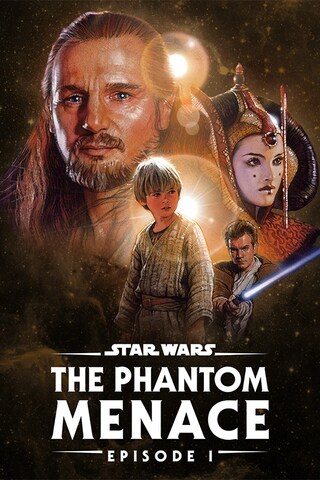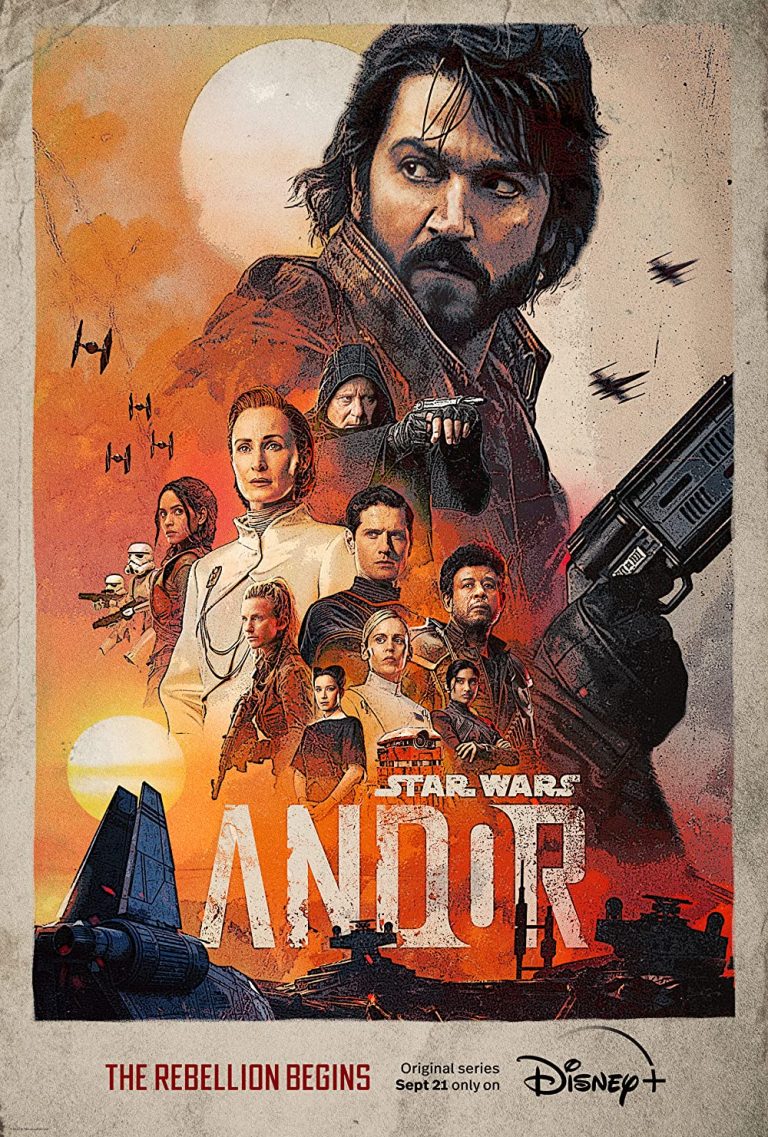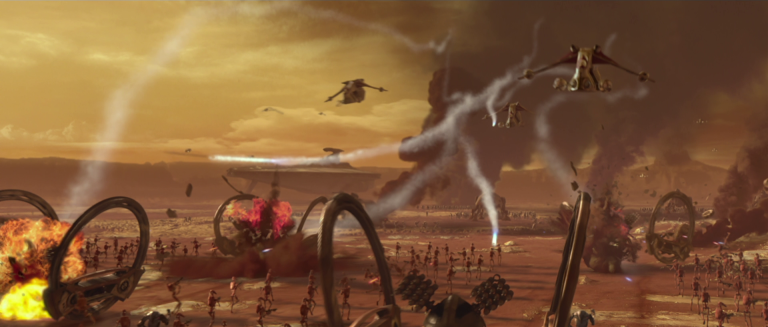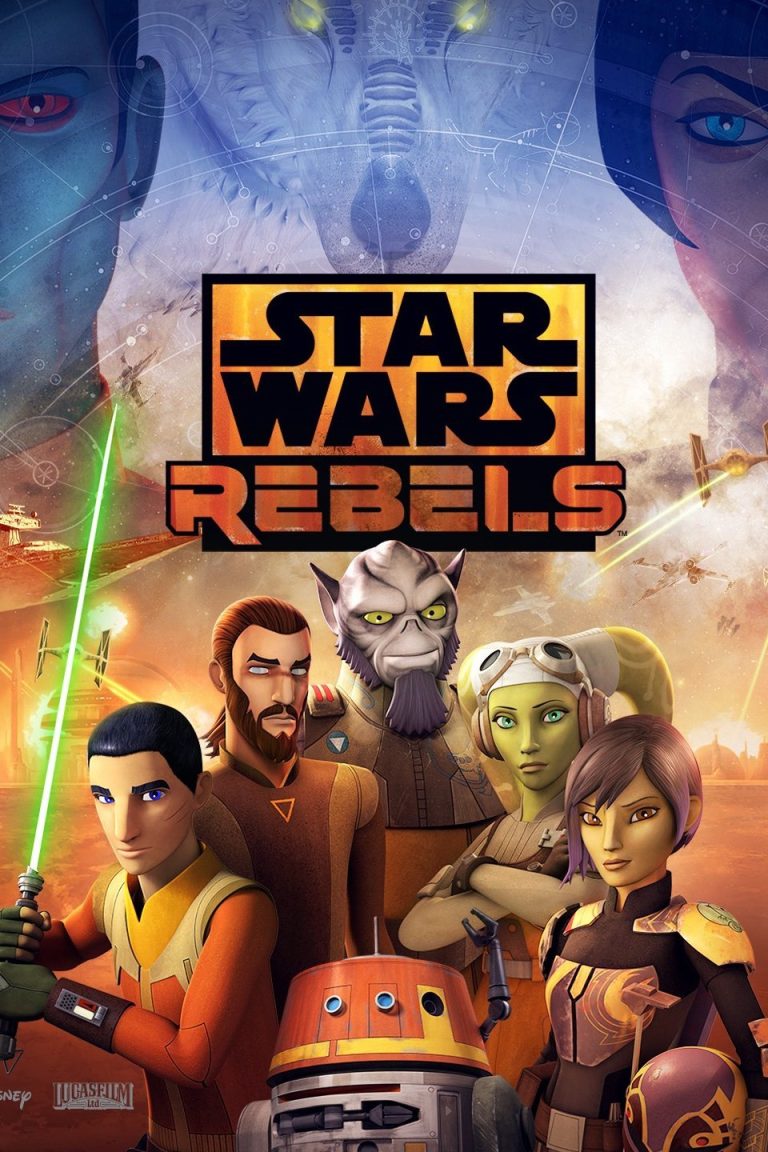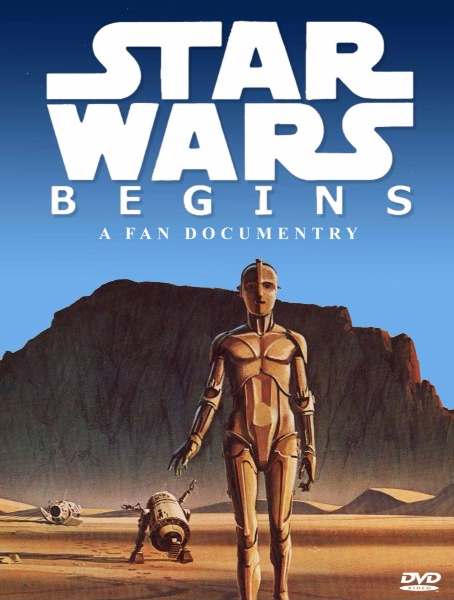Why Did The Star Wars Movies Come Out Of Order?
Ever wondered why the Star Wars movies were released in a seemingly random order? Well, sit back and relax as I shed some light on this intriguing question. It’s time to dive into the galaxy far, far away and explore the reasons behind the unconventional release order of the Star Wars saga.
When it comes to the Star Wars movies, things can get a little confusing. After all, why did the creators choose to release the films out of order? The answer lies in the vision of the mastermind behind this epic space opera, George Lucas. You see, Lucas had always dreamed of creating a vast and immersive universe, one that would captivate audiences for generations to come. However, he faced a unique challenge – the technology available at the time limited his ability to bring his entire vision to life in one go. So, he decided to take a different approach.
Instead of following a linear storyline, Lucas opted for a more unconventional route. He started with the fourth episode, now known as “Star Wars: Episode IV – A New Hope.” This decision was made to introduce audiences to the heart of the Star Wars universe, the battle between the Rebel Alliance and the evil Galactic Empire. By starting in the middle of the story, Lucas immediately thrust viewers into the action, capturing their attention and leaving them hungry for more. It was a strategic move to generate excitement and anticipation, ensuring that the Star Wars franchise would become a cultural phenomenon.
Now that we understand the reasoning behind the release order, let’s explore the impact it had on the franchise. By starting with Episode IV, Lucas created a sense of mystery and intrigue surrounding the events that led up to that point. It sparked curiosity and encouraged fans to delve deeper into the Star Wars universe to uncover the origins of beloved characters like Luke Skywalker, Darth Vader, and Princess Leia. This decision also allowed for the exploration of different themes and storylines in subsequent movies, adding layers of depth and complexity to the saga. Each new installment provided a unique perspective and expanded the universe, keeping fans engaged and eager for the next chapter.
In conclusion, the decision to release the Star Wars movies out of order was a deliberate choice made by George Lucas to create a captivating and immersive experience for viewers. It allowed him to introduce audiences to the heart of the story while generating anticipation for future installments. So, next time you embark on a Star Wars movie marathon, remember the thought and care that went into the release order, and enjoy the journey through this incredible galaxy.
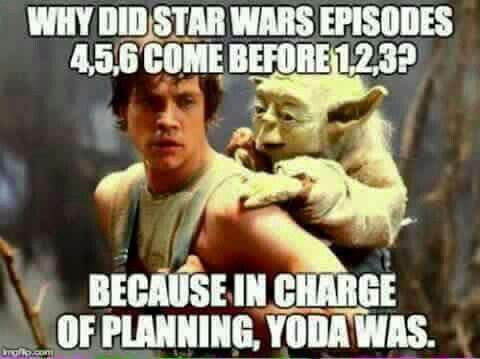
Why Did the Star Wars Movies Come Out of Order?
The release order of the Star Wars movies has been a subject of curiosity and debate among fans for many years. Unlike many film franchises, the Star Wars saga did not follow a linear release pattern, with the original trilogy being released before the prequel trilogy. This unconventional approach has led to questions about why George Lucas, the creator of Star Wars, chose to release the movies in this order. In this article, we will explore the reasons behind the decision to release the Star Wars movies out of order and the impact it had on the franchise.
The Birth of a Galactic Saga
The Star Wars saga began with the release of “Star Wars: Episode IV – A New Hope” in 1977. The film, later retitled as just “Star Wars,” introduced audiences to a galaxy far, far away and quickly became a cultural phenomenon. The success of the first film paved the way for two sequels, “The Empire Strikes Back” and “Return of the Jedi,” which were released in 1980 and 1983, respectively. These three films comprised the original trilogy and established the core storyline of the Star Wars universe.
The Prequel Trilogy: Exploring the Past
After the conclusion of the original trilogy, George Lucas decided to delve into the backstory of the Star Wars universe. He wanted to explore the origins of iconic characters like Darth Vader and Obi-Wan Kenobi and shed light on the events that led to the rise of the Empire. This led to the creation of the prequel trilogy, which consists of “Episode I – The Phantom Menace,” “Episode II – Attack of the Clones,” and “Episode III – Revenge of the Sith.” These films were released between 1999 and 2005, nearly two decades after the release of the original trilogy.
The Creative Vision of George Lucas
The decision to release the prequel trilogy after the original trilogy was driven by George Lucas’ creative vision for the Star Wars saga. Lucas envisioned Star Wars as a multi-generational epic that would span both the past and the future, exploring different aspects of the story. By releasing the original trilogy first, he wanted to capture the imagination of audiences with the timeless tale of Luke Skywalker’s journey from farm boy to Jedi Knight. This approach allowed viewers to become invested in the characters and the universe before diving into the intricacies of the prequel trilogy.
Building Anticipation and Mystery
Another reason behind the out-of-order release was to build anticipation and create a sense of mystery. By starting with the original trilogy, Lucas generated curiosity about the events that led to the rise of the Empire and the fall of Anakin Skywalker. Fans were eager to learn more about the characters’ backstories and the events that shaped the galaxy. The release of the prequel trilogy years later capitalized on this anticipation, as audiences finally got to witness the events that were only hinted at in the original trilogy.
The decision to release the Star Wars movies out of order was a bold move that paid off in many ways. It allowed George Lucas to tell a complete and cohesive story that spanned multiple generations and explored different time periods within the Star Wars universe. The release order also generated excitement and speculation among fans, keeping the franchise alive and thriving between the releases of each trilogy.
Impacts and Legacy
The release order of the Star Wars movies had a profound impact on the franchise and its cultural significance. It established a unique narrative structure that other film franchises have since tried to replicate. The approach of releasing prequels after the original trilogy has become a common storytelling technique, allowing filmmakers to delve deeper into the mythology of their universes.
Furthermore, the out-of-order release allowed for the expansion of the Star Wars universe beyond the movies. It laid the foundation for an expanded universe of books, comics, TV shows, and spin-off movies that further enriched the lore and captured the imagination of fans worldwide. The release order became an integral part of the Star Wars legacy, adding an element of mystery and excitement that continues to captivate audiences to this day.
In conclusion, the decision to release the Star Wars movies out of order was driven by George Lucas’ creative vision, the desire to explore different time periods within the Star Wars universe, and the goal of building anticipation and mystery among fans. This unconventional approach has left a lasting impact on the franchise and has contributed to the enduring popularity and cultural significance of Star Wars.
Key Takeaways: Why Did the Star Wars Movies Come Out of Order?
- The Star Wars movies were released out of order to tell the story in a more interesting way.
- The original trilogy (Episodes IV-VI) came out first, followed by the prequel trilogy (Episodes I-III).
- By starting with Episode IV, the audience was introduced to a fully developed world and a thrilling story.
- The prequel trilogy then explored the events leading up to the original trilogy, providing backstory and context.
- This unconventional release order created excitement and anticipation among fans.
Frequently Asked Questions
Question 1: What is the chronological order of the Star Wars movies?
Answer: The Star Wars movies were released in a non-chronological order, meaning they were not released in the order of their story’s timeline. Instead, the original trilogy, consisting of “Star Wars: Episode IV – A New Hope” (1977), “Star Wars: Episode V – The Empire Strikes Back” (1980), and “Star Wars: Episode VI – Return of the Jedi” (1983), was released first. These films introduced audiences to the iconic characters and set the foundation for the Star Wars universe.
The prequel trilogy, including “Star Wars: Episode I – The Phantom Menace” (1999), “Star Wars: Episode II – Attack of the Clones” (2002), and “Star Wars: Episode III – Revenge of the Sith” (2005), was then released, showcasing the events leading up to the original trilogy. Finally, the sequel trilogy, consisting of “Star Wars: Episode VII – The Force Awakens” (2015), “Star Wars: Episode VIII – The Last Jedi” (2017), and “Star Wars: Episode IX – The Rise of Skywalker” (2019), concluded the main storyline.
Question 2: Why were the Star Wars movies released out of order?
Answer: The decision to release the Star Wars movies out of chronological order was primarily driven by creative and storytelling reasons. George Lucas, the creator of Star Wars, wanted to capture the attention and imagination of viewers by starting the saga in the middle of the story with the original trilogy. By introducing audiences to the beloved characters such as Luke Skywalker, Princess Leia, and Darth Vader, the original trilogy created a sense of wonder and intrigue.
After establishing the core story and characters, Lucas then decided to delve into the origins of the Star Wars universe with the prequel trilogy. This allowed him to explore the backstory of characters like Anakin Skywalker and the rise of the Galactic Empire. Finally, the sequel trilogy brought the saga to a conclusion by introducing new characters and continuing the story set in motion by the original trilogy.
Question 3: Did releasing the Star Wars movies out of order affect the viewing experience?
Answer: Releasing the Star Wars movies out of order did not significantly affect the viewing experience for most audiences. In fact, it added an element of mystery and anticipation as viewers were left to piece together the story and connect the dots between the different trilogies. The non-chronological release order allowed the saga to unfold in a way that kept fans engaged and curious about the events leading up to and following the original trilogy.
Additionally, the Star Wars franchise has since released various spin-off films, animated series, and novels that further expand the universe and provide additional context to the overall story. This has allowed fans to explore different aspects of the Star Wars universe and enhance their understanding of the timeline and characters.
Question 4: Are there any advantages to watching the Star Wars movies in chronological order?
Answer: While the Star Wars movies were released out of order, watching them in chronological order can provide a different viewing experience. Starting with the prequel trilogy can provide a deeper understanding of the events leading up to the original trilogy and shed light on the origins of iconic characters like Darth Vader.
Watching the movies in chronological order also allows viewers to witness the development and evolution of the Star Wars universe in a more linear fashion. It can be particularly interesting for those who are new to the franchise and want to experience the story in the order it was intended to unfold.
Question 5: How can I watch the Star Wars movies in chronological order?
Answer: To watch the Star Wars movies in chronological order, you can follow the following sequence:
1. “Star Wars: Episode I – The Phantom Menace” (1999)
2. “Star Wars: Episode II – Attack of the Clones” (2002)
3. “Star Wars: Episode III – Revenge of the Sith” (2005)
4. “Star Wars: Episode IV – A New Hope” (1977)
5. “Star Wars: Episode V – The Empire Strikes Back” (1980)
6. “Star Wars: Episode VI – Return of the Jedi” (1983)
7. “Star Wars: Episode VII – The Force Awakens” (2015)
8. “Star Wars: Episode VIII – The Last Jedi” (2017)
9. “Star Wars: Episode IX – The Rise of Skywalker” (2019)
By watching the movies in this order, you will experience the Star Wars saga in the chronological order of its story, allowing for a different perspective on the events and characters.
The Real Reason George Lucas Started Star Wars With Episode 4
Final Thoughts
So, why did the Star Wars movies come out of order? The answer lies in the creative vision and storytelling approach of George Lucas, the mastermind behind the Star Wars franchise. Instead of following a linear timeline, Lucas chose to begin the saga with Episode IV: A New Hope. This decision was a deliberate storytelling technique to captivate audiences and introduce them to the rich and expansive universe of Star Wars.
By starting the series in the middle of the story, Lucas created a sense of mystery and intrigue. Audiences were immediately thrown into a galaxy far, far away, where the Empire was in control and the Rebel Alliance was fighting for freedom. This unconventional approach allowed the audience to experience the story in a non-linear way, uncovering the past, present, and future of the Star Wars universe piece by piece.
The release of the Star Wars movies out of order also added to the overall excitement and anticipation surrounding the franchise. As each new film was released, fans eagerly awaited the next installment, eager to uncover the next chapter in the epic saga. This unique release strategy kept audiences engaged and invested in the Star Wars universe, fostering a passionate fanbase that continues to grow to this day.
In conclusion, the decision to release the Star Wars movies out of order was a bold and innovative choice that paid off in the long run. It allowed audiences to experience the story in a fresh and exciting way, creating a sense of anticipation and intrigue. Whether you’re a die-hard Star Wars fan or new to the franchise, the non-linear release of the movies adds an extra layer of excitement and discovery to the already captivating story. May the Force be with you as you embark on your own Star Wars journey!

